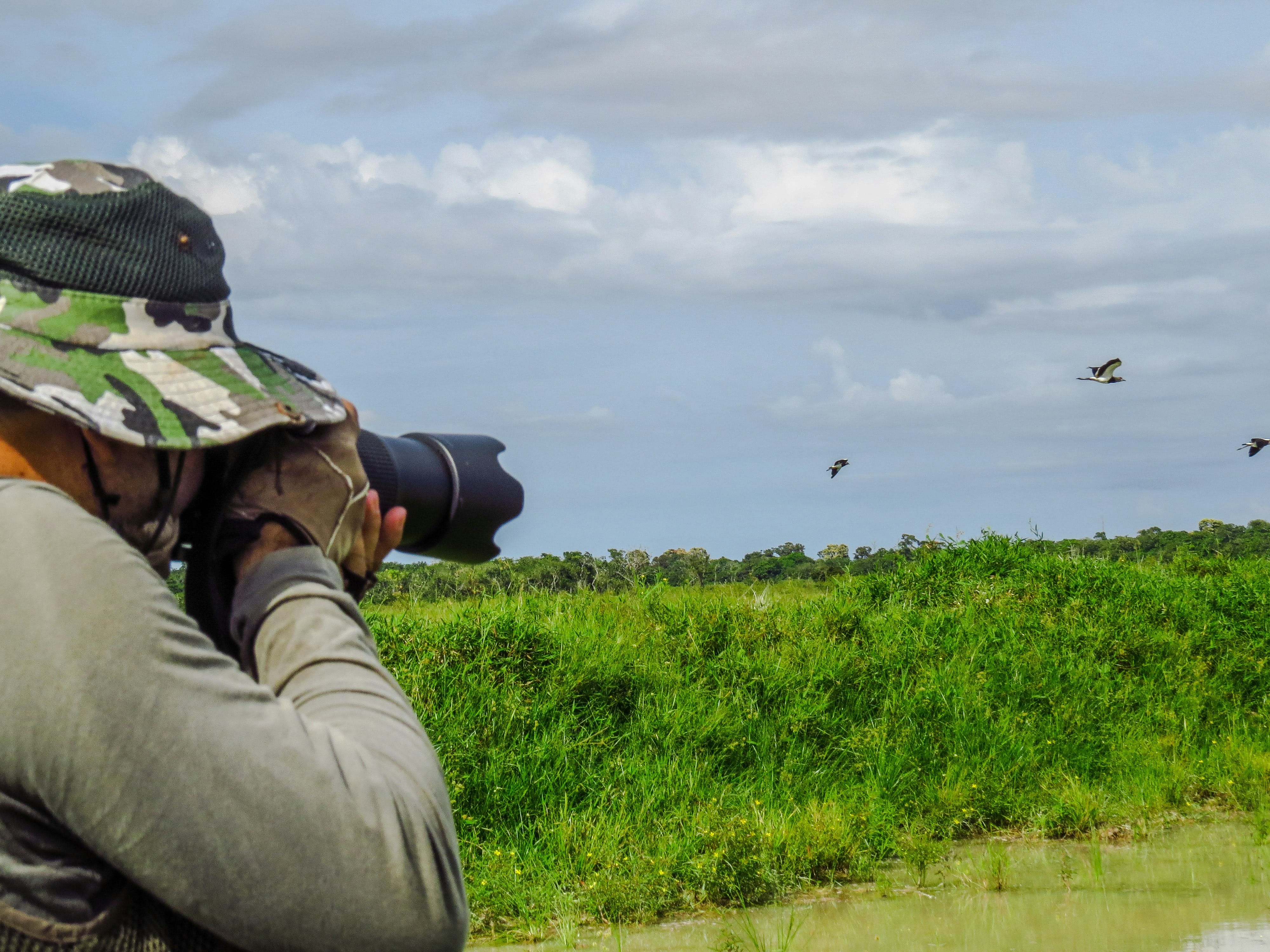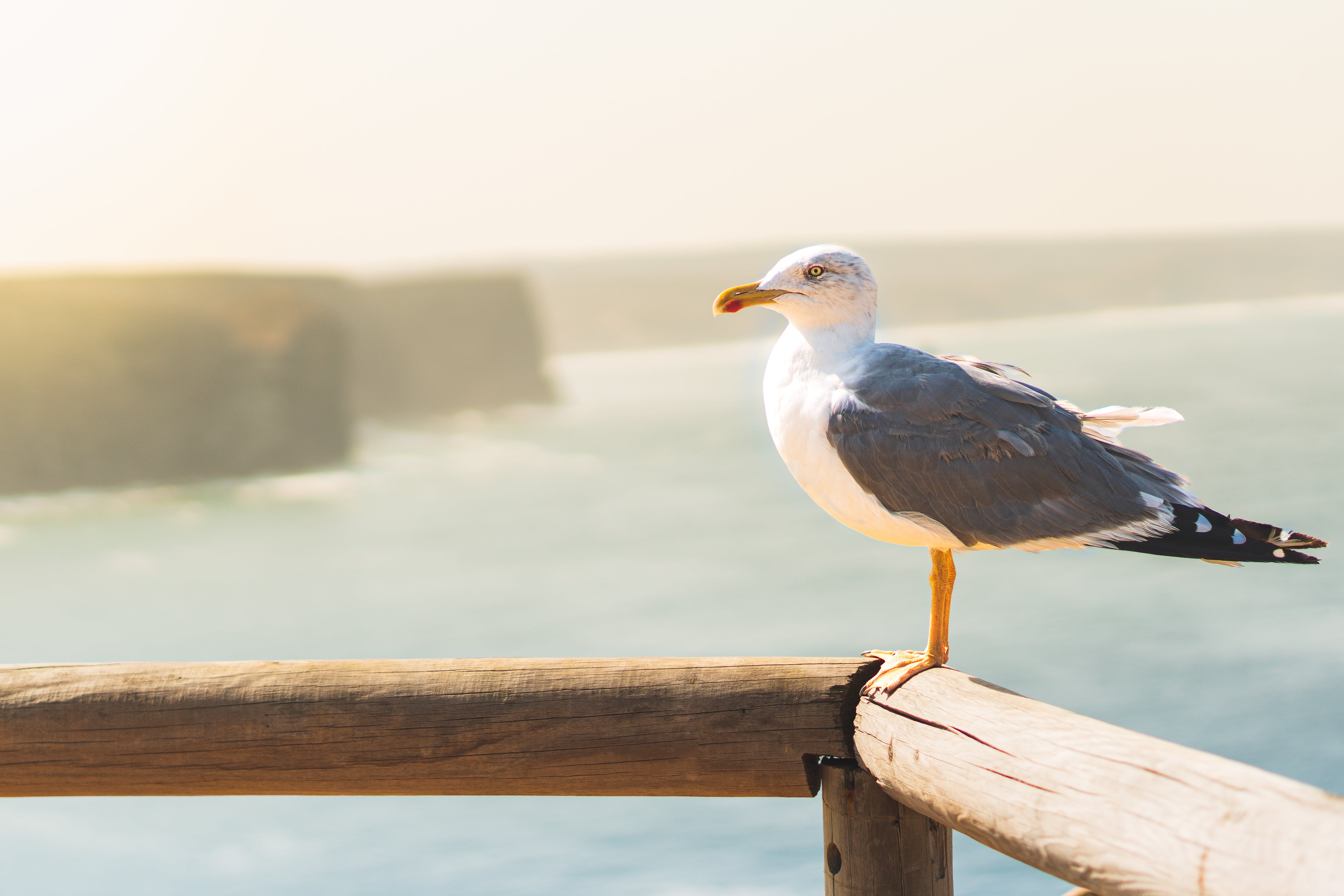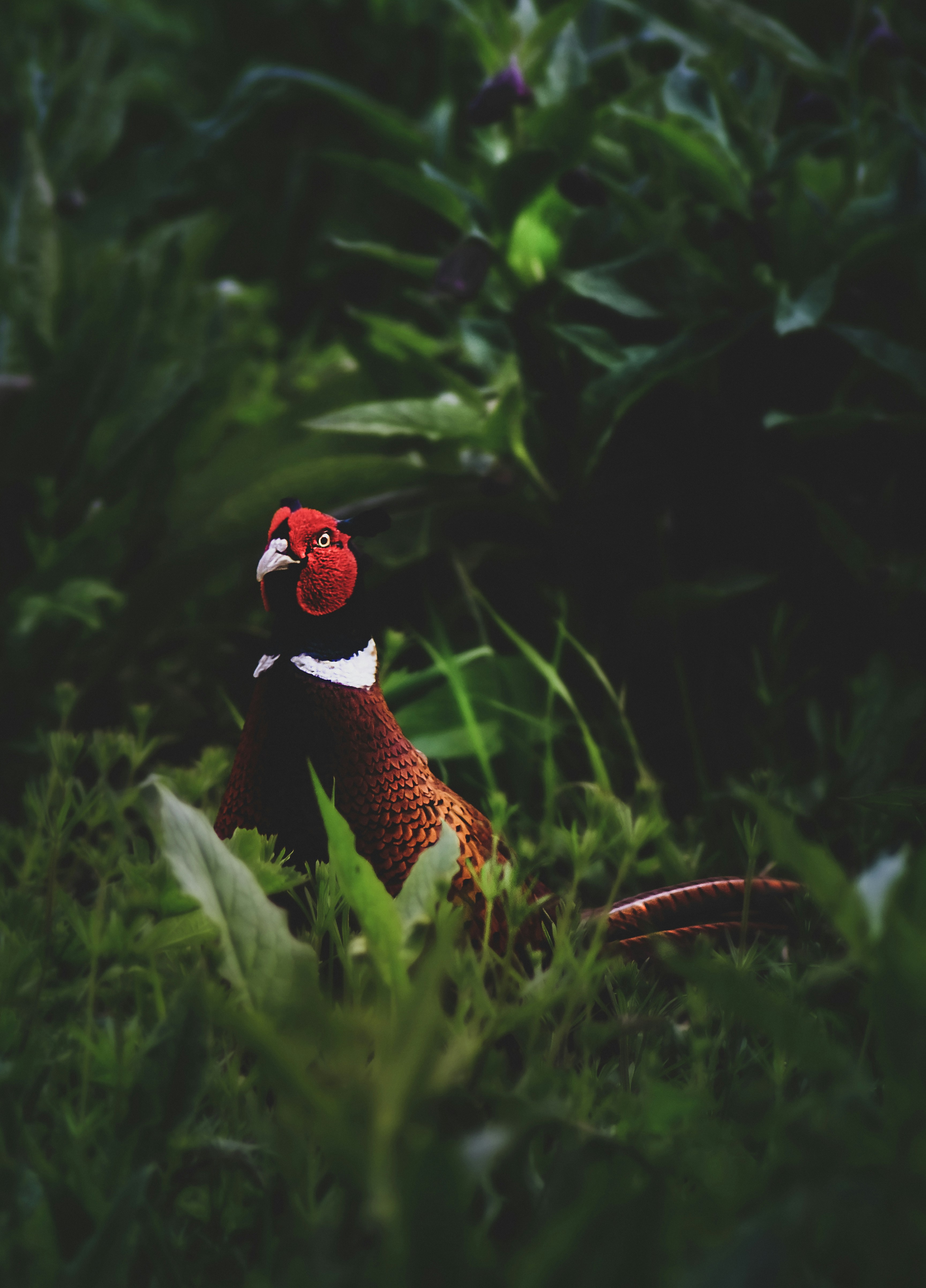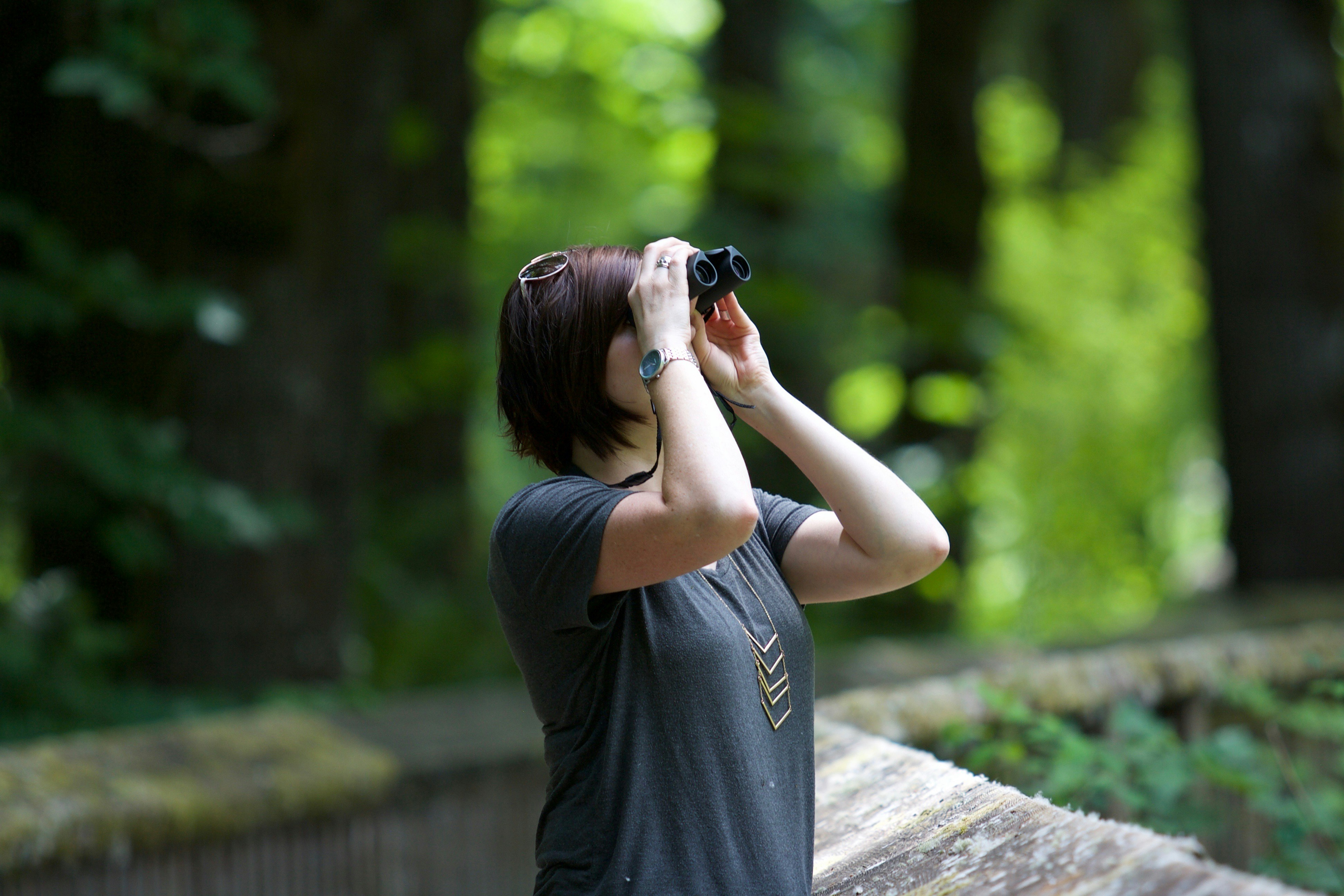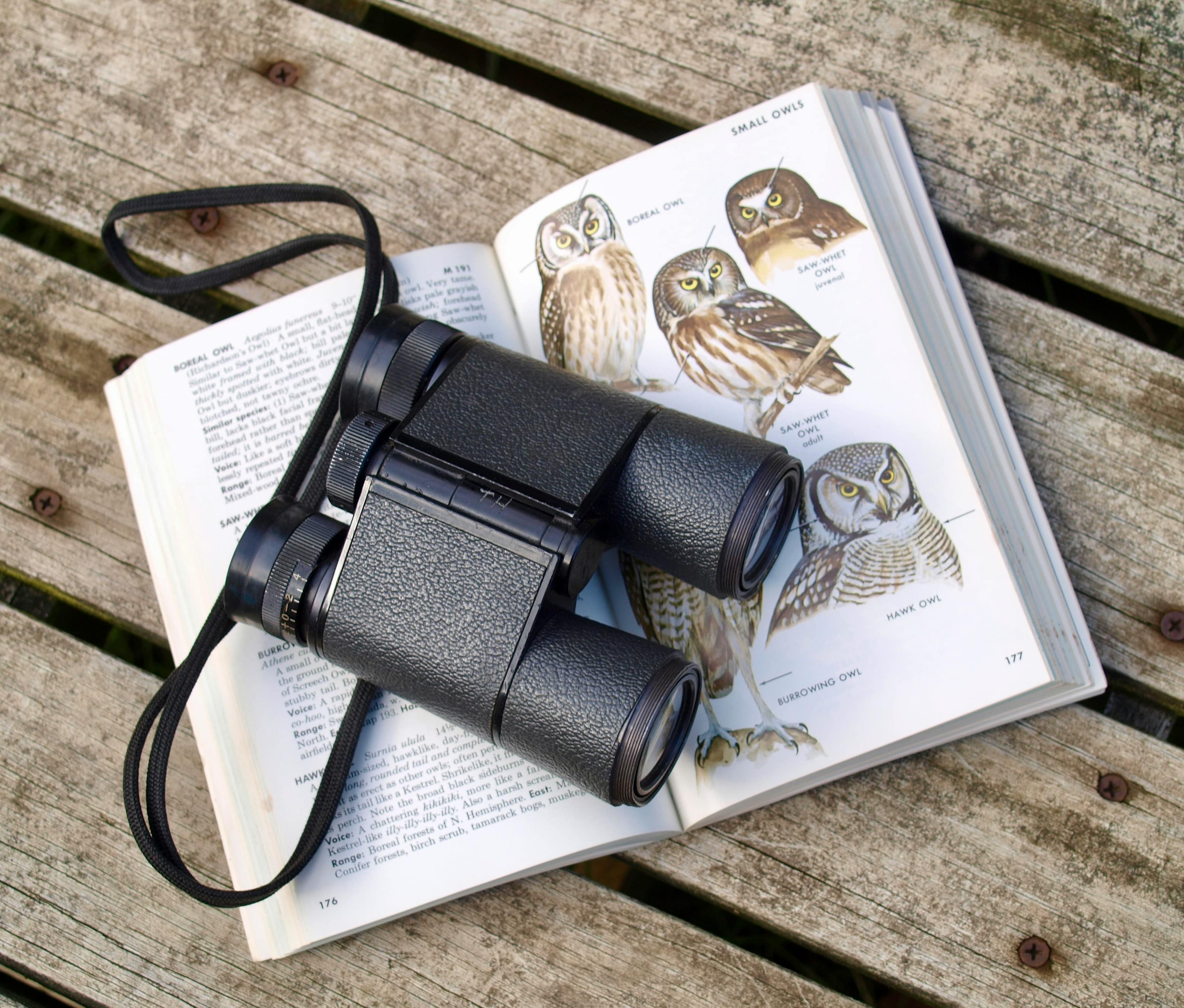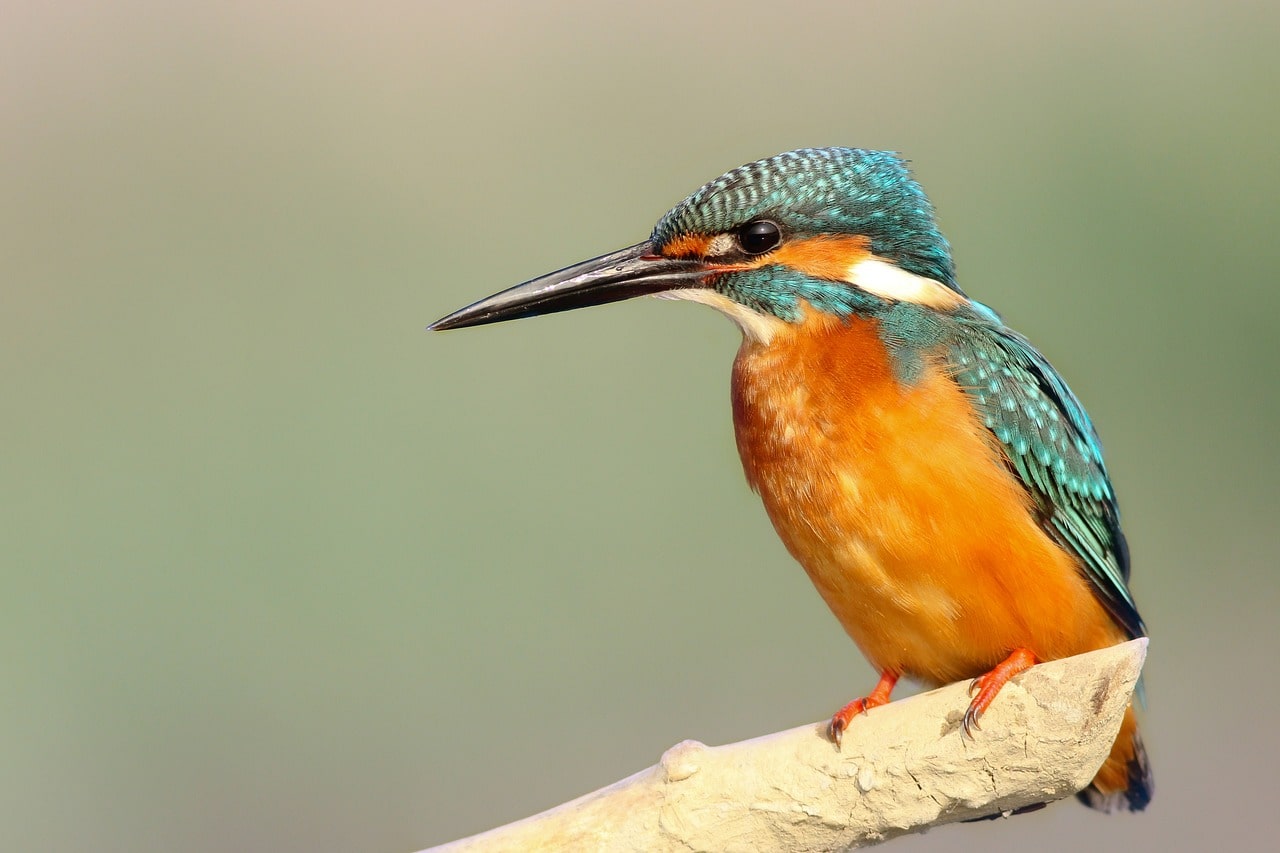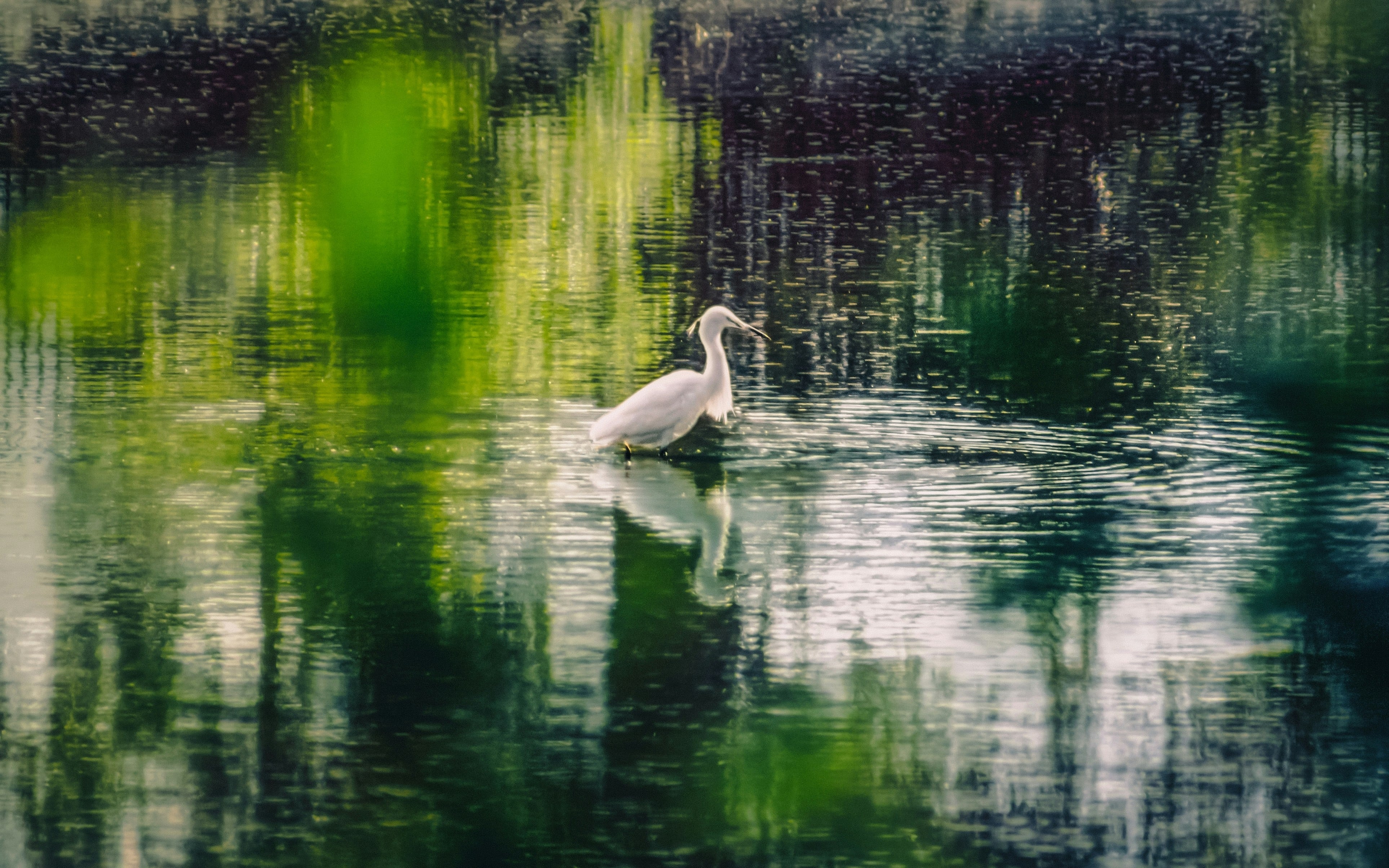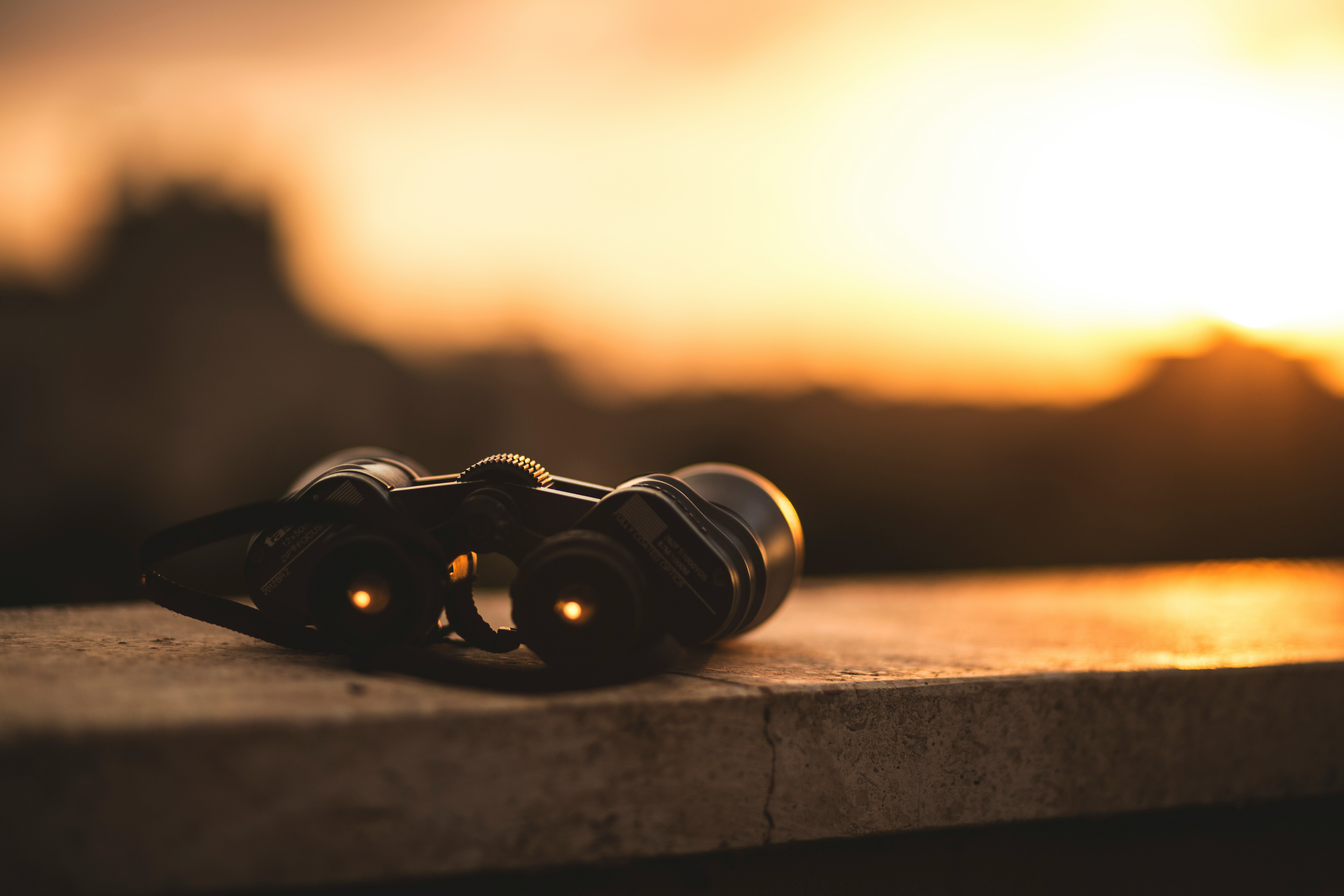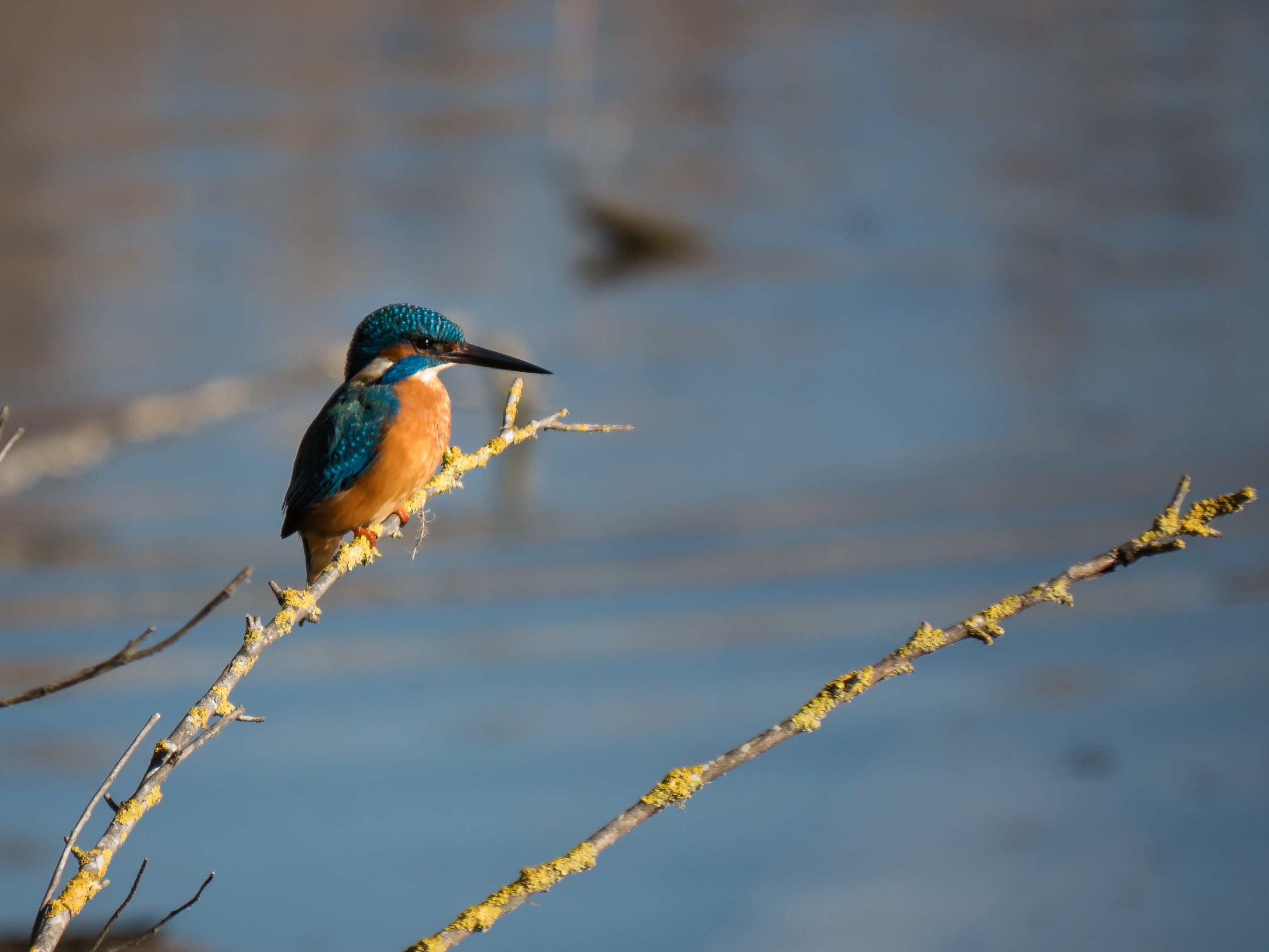Bird watching, also known as birding or ornithology, is a popular hobby practiced across the world. It involves recreational observation and study of birds in their natural habitats. For many enthusiasts, it serves as a pastime to appreciate avian biodiversity and connect with nature.
Overview of Birding
Bird watching offers intellectual and creative stimulation through developing skills in areas like species identification, photography, record keeping, and understanding avian ecology. It is an activity well-suited for all age groups.
With basic gear like binoculars, field guides and notebooks, birders head outdoors seeking wild birds in gardens, parks, wetlands, coasts and nature reserves. Patience is key as they explore diverse habitats and observe varied behaviours. Recording observations, mastering identification techniques, experimenting with photography angles or simply following birds can occupy hours.
While some prefer solitary excursions, joining local birdwatching groups allows learning from seasoned veterans, reporting rare sightings and developing camaraderie with like-minded individuals. Such groups also organise outings and conservation initiatives.
Benefits of Bird Watching
Studies show activities amid nature provide cognitive benefits by restoring mental focus and reducing stress. Birding specifically enhances observational skills, memory, ability to concentrate and overall mental well-being.
Beyond such personal rewards, collecting bird population and distribution data contributes to scientific research for conservation. Recording sightings through designated mobile apps and submitting records to repositories assists scientists tracking migration patterns and assessing biodiversity trends.
With modest beginner gear and guides, bird watching near me can start right in any backyard or neighbourhood park. As skills develop, new horizons expand through travel to acclaimed hotspots teeming with exotic species. And avid birders may even participate in once-in-a-lifetime outings to extremely remote bird-rich habitats.
Getting Started with Bird Watching
For a rewarding bird watching journey, following certain guidelines helps acquire essential skills.
Learning how to identify birds is the critical first step for any birder. Excellent self-guided learning resources include field guides with labelled diagrams, detailed descriptions, range maps and bird calls to help identify commonly sighted backyard birds. Mobile apps like Audubon Bird Guide aid identification through bird images, recordings and real-time reporting from the birding community. eBird’s online database allows searching species by location and season. The annual Big Garden Bird Watch event organised by the Royal Society for Protection of Birds (RSPB) is also great for understanding common garden birds in the UK.
Equipping yourself with the right gear is also important when starting out. A basic starter kit would include a decent pair of 8x32 binoculars for bird watching which offer sufficient magnification and light gathering capabilities. Waterproof clothing like hiking jackets and trousers allow enjoyment regardless of weather conditions. Comfortable shoes or boots suited for the terrain prevent injury while exploring various habitats. A small backpack with straps eases carrying refreshments, guides and other gear. Additional handy items based on personal preference may include a birding field guide for quick reference, a pocket notebook and pen for logging sightings and observations, or a smartphone adapter mount for taking photographs through the binoculars’ optics. As identification skills and involvement in birding grows, more advanced equipment like spotting scopes, long range cameras with telephoto lens, digiscoping kits, and higher grade “best binoculars for bird watching” may be added to further augment the overall birding experience.
In terms of locations to practice bird watching as a beginner, ideal initial spots include neighbourhood recreational parks and gardens, nature reserves with well-marked trails and information boards, community wetlands or quiet sections along rivers and lakes, as well as woodlands and forests with clearings for sweeping scans using binoculars. Such places host diverse resident bird species while also attracting migratory birds seasonally. This allows plenty of sighting opportunities without extreme hikes as one builds up identification confidence. Guided tours offered at select birding hotspots also provide structured learning.
Additional tips for progressing birding skills as a beginner include joining local birdwatching groups to exchange knowledge, enrolling in specialised birding events and using social media to connect with nearby enthusiasts. Mobile apps like Bird Buddy even provide personalised suggestions to improve backyard viewings. Following this guidance paves the way for developing rewarding bird watching skills.
Selecting Binoculars for Birding
High-quality binoculars greatly enhance any bird watching adventure by providing brighter, detailed viewing of distant birds. When selecting a suitable pair, consider the following key factors:
Magnification Power
Magnification power refers to how much closer objects appear through the binoculars. 7x or 8x magnification is optimal for birding. Higher magnification over 10x exacerbates shake and narrower field of view. Lower magnification under 7x does not provide sufficient detail.
Objective Lens Diameter
The front lenses are called objective lenses. Their diameter, measured in millimetres, determines light gathering ability. Larger diameters between 30-42mm work well in dawn/dusk lighting. Brighter images show colours better aiding identification.
Exit Pupil
Dividing magnification by objective diameter gives the exit pupil size. This refers to the beams exiting the eyepieces. Larger exit pupils around 4mm maintain brightness in low light situations.
Eye Relief
This indicates distance from the eyepiece to get full viewing angle without tunnel vision. Short eye relief under 15mm can prove uncomfortable over extended periods for eyeglass wearers. Ideal eye relief of 16 to 20 mm suits bird watching purposes.
Weight and Ergonomics
Since handholding binoculars for hours is common in birding, balance and grip comfort are vital factors. Ideally choose fog/waterproof models with shock resistant rubber armouring. Neck straps, harnesses and tripod mounts further aid convenient usage during longer observation sessions.
Best Brands
Optics specialists like Nikon, Olympus, Pentax and Steiner offer high-quality bird watching binoculars Purpose-built for ornithology applications, these advanced devices deliver exceptionally bright, highly detailed images at range - making birding much more fruitful and interactive. While premium bins cost considerably more than regular ones, the investment results in superlative optical performance.
Key Bird Watching Techniques
Certain techniques can drastically improve efficiency and satisfaction when bird watching outdoors:
Carrying and effectively using field guides is strongly recommended. These could be traditional books, laminated leaflets or downloaded mobile apps. When attempting to identify species, cross-check the bird’s key features against descriptions, comparison charts, distribution maps and labelled diagrams in the guide.
Paying attention to bird calls while on nature trails or at spotting locations proves invaluable. Recognising distinct calls helps pinpoint activity and identify species even when dense foliage conceals them. Mimicking calls via whistling caneven elicit responses and enable tracking movement. Useful mobile apps and audio CD sets exist for learning bird calls by sound.
Bringing the right gear suited for the conditions prevents frustrating disruptions while engrossed in birding. This may include clothing layers, waterproof wear, hiking boots, packed lunch, binoculars, high zoom cameras, digiscoping adapters, field guides, notebooks and pens purpose-built for outdoor usage.
Patiently scanning landscapes using binoculars or spotting scope and evenly panning across terrain is critical. This gives ample opportunity for movement or colour to catch the eye revealing well-camouflaged species. Rushing through scanning overlooks nearby birds. If safe, listening intently between scans may reveal rustling sounds.
Making note of species activity in each season and revisiting birding hotspots during migration cycles or nesting times yields sightings not possible the rest of the year. Monitoring breeding chronology by tracking fledglings leaving nests also provides valuable data for ornithology databases.
Using technology like smartphones preloaded with birding apps enhances identification, photography, reporting unusual sightings and submitting records to citizen science programs like eBird which offer personally curated bird lists to maintain.
With the right preparation, mindset and usage of observation tools, hours can be gainfully spent in forests, wetlands and reserves pursuing bird watching as a recreational hobby while simultaneously advancing conservation science.
Top Bird Watching Locations in the UK
With abundant coastlines, wetlands, forests and versatile habitats, the UK harbours diverse resident and visiting bird species totalling nearly 600 catalogued varieties. Below are some prime regional birding hotspots frequented by enthusiasts:
England
The open landscapes of Exmoor National Park and wooded halls of Gloucestershire Wildlife Trust Reserves offer plentiful sightings across seasons in South West England. In the South East, migratory species rest along the Suffolk coast at RSPB Minsmere and Dunwich Heath with resident bitterns and marsh harriers nesting in reed beds. Further inland, Norfolk’s raptor rich Thetford Forest warrants exploration.
The East boasts renowned RSPB wetland reserves like Lakenheath Fen brimming with breeding cranes and endangered bitterns. Rutland Water, Britain’s largest reservoir, hosts breeding ospreys. Along the Humber Estuary and sandy terrain adjoining The Wash, wading birds and shore species flourish.
An array of habitats like Cannock Chase, Shropshire Hills and the sprawling Staffordshire Peak District in West Midlands attract diverse flocks during migration. North West England draws birders to scenic Lake District National Park and lively wetlands like Martin Mere and RSPB Leighton Moss teeming with wildfowl.
Breeding gannets, puffins, guillemots and razorbills frenzy the rocky Farne Islands off Northumberland’s coast. Further north into Scotland beyond the border, rare Greenland white-fronted geese frequent WWT Caerlaverock in Dumfries while eagles glide above scenic Cairngorms National Park.
Wales
Skomer Island with half a million breeding seabirds and neighbouring grassland reserve Ramsey Island off Pembrokeshire offer breathtaking displays. Inland, Red Kite feeding centres allow close encounters with these aerial specialists. The Wildlife Trust of South and West Wales manage excellent wetland and woodland reserves for endangered dormice, marsh fritillaries and scarcer woodland birds. Brecon Beacons National Park contains magnificent Red Kite feeding stations.
Bird Watching Communities and Citizen Science Initiatives
While bird watching often involves solitary excursions in peaceful natural environments, the collective passion for birding has spawned vibrant online communities and citizen science programs:
Knowledge Sharing Forums
Websites like BirdForum with over 50,000 members allow users worldwide to post sightings, share photographs, discuss gear, exchange regional knowledge and even organise group outings through the platform. Specialised subgroups exist for activities like digiscoping and seabird monitoring. Resources include nesting calendars, rarity alerts, identification tips and links to online talks.
Social networks enable following eminent ornithologists, conservationists and photographers to view rare sightings. Joining local groups on these networks provides custom sighting updates from nearby areas. Purpose-built apps share real-time user reports about regional bird activity.
Mobile Apps for Birding
Intelligent software like Merlin Bird ID by Cornell Lab and BirdNET by University of Washington enable instantly identifying bird species using smartphones. Users simply photograph or record songs and calls. Image recognition algorithms or AI sound comparison provides likely matches with information pages. eBird mobile app by Cornell Lab documents sightings to contribute data while accessing personal statistics.
Citizen Science for Conservation
Participating in mass bird population surveys like RSPB Big Garden Birdwatch, British Trust for Ornithology BirdTrack and Audubon Christmas Bird Count is popular. Submitting observations from backyard feeders or community wetlands generates data relied upon by researchers assessing biodiversity trends.
Petitioning policymakers when endangered migration patterns or nesting grounds require intervention allows conservation contributions. Using technology enables modern birders assist scientific study, shape supportive regulations and preserve threatened global avifauna.
Bird Watching Equipment and Resources
To fully capitalise on birding excursions, having suitable equipment and helpful reference sources proves invaluable:
Essential Gear
As emphasised before, having an appropriate pair of binoculars enhances observation, identification and overall interaction with birds. Magnification between 8x to 10x with lens diameter over 30mm works well. Manufacturer specialised models like Swarovski SLCs offer superior optics. For eyeglass wearers, adjustable eyecups and long eye relief up to 20mm improves comfort.
Spotting scopes with 20-60x magnification on a rugged tripod allow detailed views of distant and skittish species. Rotating heads, angled bodies for a lower centre of gravity and phone attachment modules enable convenience. High speed continuous shooting cameras with CMOS sensors, large buffers and fast autofocus combined with telephoto lenses in the 100-400mm range assist capturing flight shots and close ups.
Digiscoping Gear
Digiscoping, the practice of photographing scenes viewed through a spotting scope or binoculars via smartphone or camera has surged in popularity for documenting sightings and sharing online. Adapters like PhoneSkope, Universal Smartphone Mounts and CLP Digiscoping Conversion Kits open this powerful technique even for amateur enthusiasts. Augmenting optics with contemporary digital gear expands creative opportunities.
Useful Resources
Illustrated field guides with distribution maps aid prompt identification of bird species, plumage, flight patterns and songs. NatGeo, Peterson and Collins publish respected guides covering Europe, UK, etc. Audio CD compilations like Bird Song Ear Training Guide, apps like Larkwire and Warblr help identify birds by ear, an invaluable skill in dense habitats when visual sighting proves difficult.
Checking online birding checklists indicating likelihood of species sightings by location and season helps plan trips. Seasoned birders maintain personalised gear checklists covering everything from buffered spare memory cards to binocular lens wipes for streamlined excursions near and far. Over time, progressing from backyard feeder watcher to exploring exotic hotspots across continents becomes rewardingly possible.
Key Considerations for Responsible Bird Watching
While immersing in birding activities provides relaxation and intellectual enrichment, remembering responsible practices ensures minimal disturbance to birds and their delicate habitats:
Avoid Unnecessary Disturbance
Waterbirds like migrating wildfowl and wading bird colonies with young chicks require generous spacing and safety from disruptive elements to thrive. Loud noises, encroaching movements and drones can separate distressed chicks. Refrain from playing audio calls near nests or breeding grounds which may compel birds to abandon nests.
Use sufficiently powerful binoculars and spotting scopes to observe faraway activity instead of seeking close access. If nesting activity is inadvertently spotted, withdraw to a reasonable distance and exercise caution while observing nests or roosting birds so that natural behavioural patterns are not interrupted. Stay on marked trails when visiting reserves and ecologically sensitive wetlands. Applying such conscientious measures greatly reduces disturbance.
Promote Conservation Efforts
Seeking opportunities to actively support conservation initiatives strengthens protection policies benefitting threatened species. This may involve participation in bird surveys contributing data, membership in local wildlife trusts safeguarding habitats, or campaigning for environmental regulations upholding sustainable practices detrimental to avian populations.
Every small personal step collectively benefits at-risk beautiful bird species. Simple actions like keeping cats indoors, installing window collision deterrents on glass facades, or limiting pesticide usage in gardens positively impacts local fauna and flora. For centuries to come, observant birders willing to adopt prudent habits can marvel at nature’s sublime winged miracles.
This guide has covered major aspects of bird watching, providing a helpful starting point for prospective birders. With the right gear, techniques and responsible appreciation of avian biodiversity, bird watching can become a deeply enriching lifetime hobby.
Related articles

Let us know you agree to cookies
We use marketing, analytical and functional cookies as well as similar technologies to give you the best experience. Third parties, including social media platforms, often place tracking cookies on our site to show you personalised adverts outside of our website.
We store your cookie preferences for two years and you can edit your preferences via ‘manage cookies’ or through the cookie policy at the bottom of every page. For more information, please see our cookie policy.
